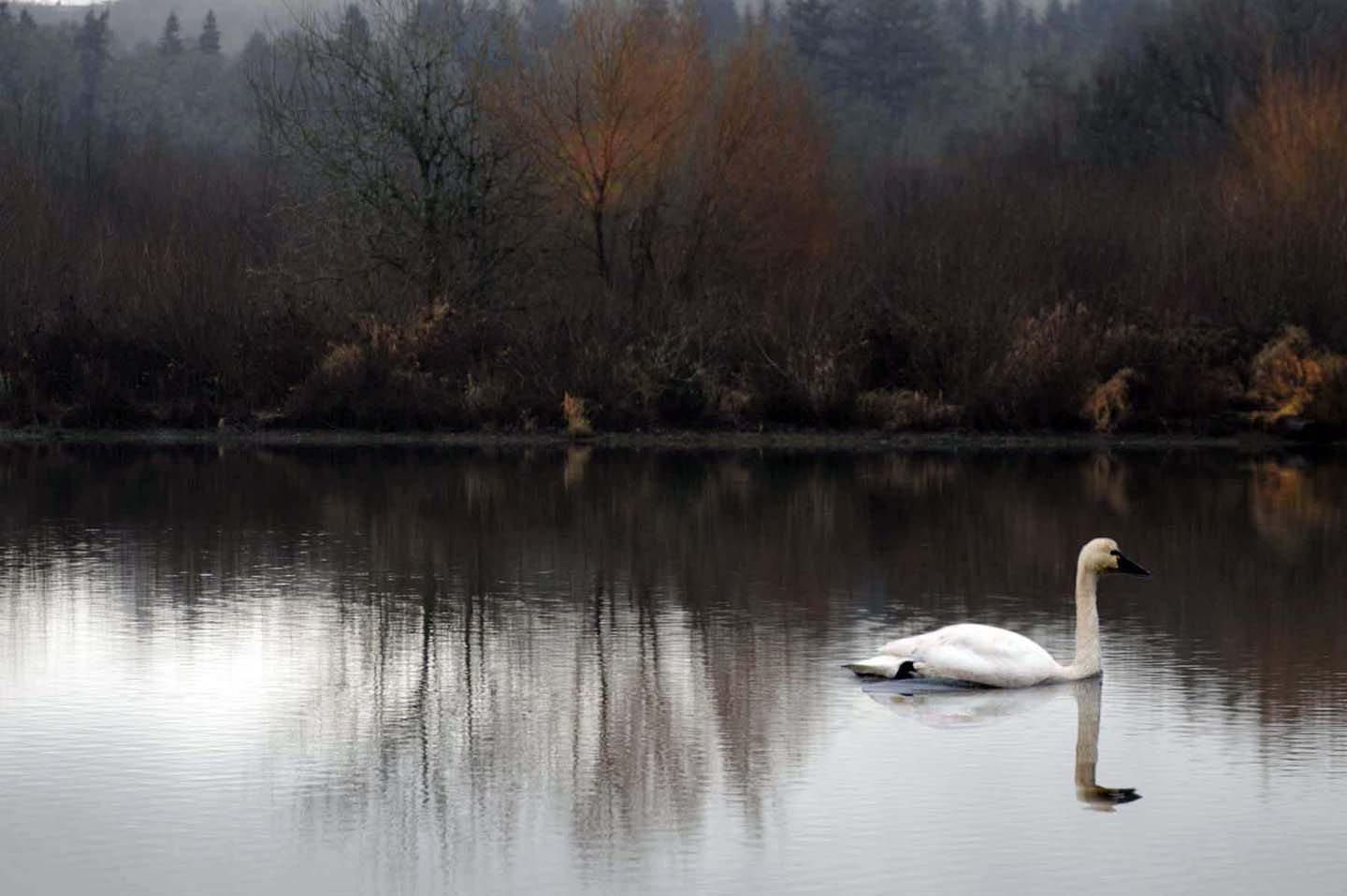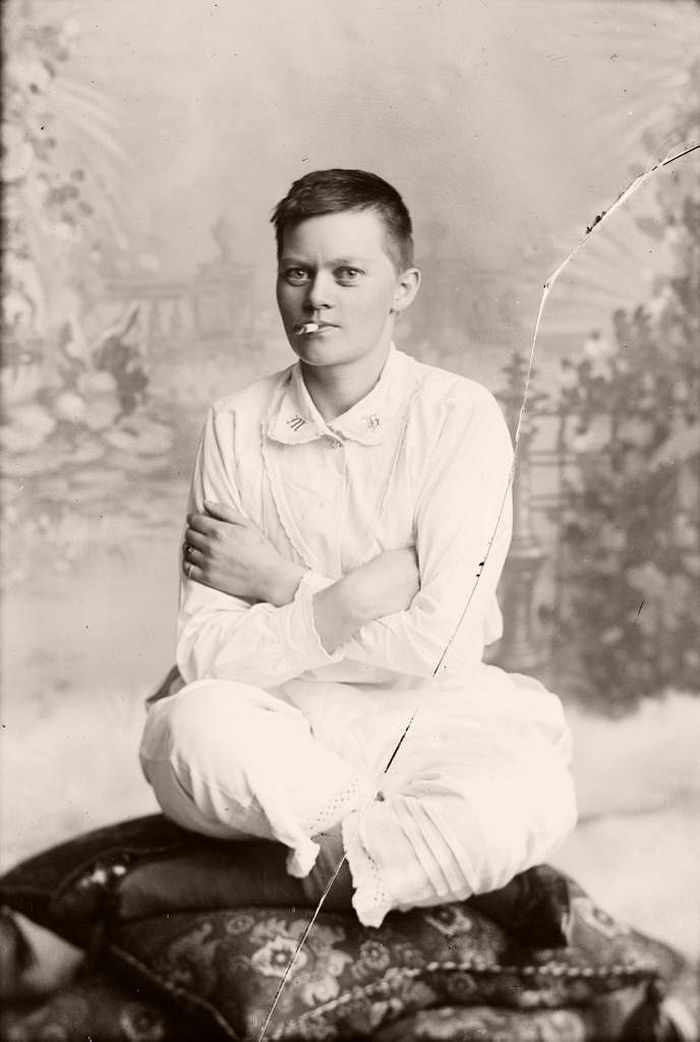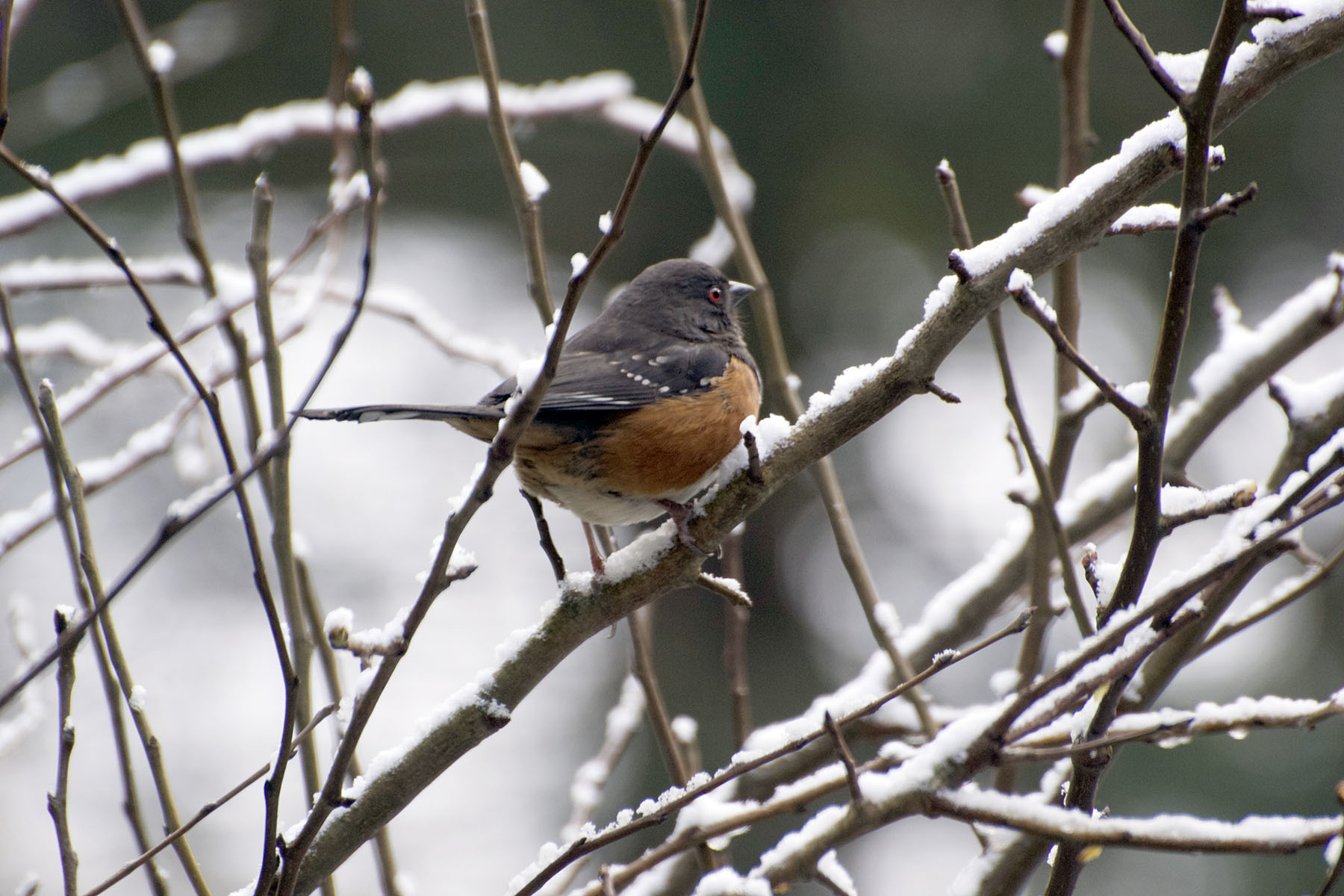When I wrote about my worries regarding the novel Corona virus in early (!) January 2020, I got some push-back. Did I have to be catastrophizing all the time? Couldn’t I provide a bit more levity or at least some art? 1.9 million U.S. deaths later, much as I’d like not to, I am back in Cassandra mode.
I’ll provide art (a poem below), all right, and photographs that I took at beautiful Point Lobos, CA last November, but today’s focus are issues related to the bird flu. Don’t yell at me. I am as sick, literally, as the next person, under the barrage of bad news. And today’s musings are as bleak as they come. But we must think things through to reach some kind of preparedness. That much we’ve learned from the last epidemic.

Let’s try a thought experiment, given that the Republicans’ slashing of NIH/NSF grants by more than half curtails actual scientific experimentation. (Here is a detailed, excellent review of the new rules.) Assume you learn the most important facts and statistics about the new H5N1 virus. Why assume? Well, since last week, many official publications of information about infectious diseases have disappeared from government websites. Data that briefly appeared on a C.D.C. website were gone a short time later, irretrievable despite scientists begging for a full report. For example, according to the NYT, “Cats that became infected with bird flu might have spread the virus to humans in the same household and vice versa, according to data that briefly appeared online in a report from the Centers for Disease Control and Prevention but then abruptly vanished. The data appear to have been mistakenly posted but includes crucial information about the risks of bird flu to people and pets.”
So what facts do we actually know? The disease originated in Asia, almost 30 years ago. It spread among poultry farms, caused some 400 deaths in humans across these years, but rarely spread human-to-human. The virus started to explode exponentially since 2020, when it did not simply jump from poultry farms to wild bird populations, but when the latter started to disperse it along migration routes, spreading from flock to flock. It arrived on our shores in 2021, with 148 million poultry alone ordered to be euthanized since 2022. More than 5 million egg-laying chickens died in the first 16 days of 2025. (Ref.)





From North America it jumped to South America where it traveled 6000 km in just 6 months. It caused mass mortality, not just in birds, but in infected mammals as well, with elephant seals, sea lions, porpoises, dolphins and otters all affected. Almost 50% of the Peruvian pelican population succumbed. The ecological consequences are still up for grabs but likely devastating up and down the food chain.

Deceased elephant seal pups line the beach at Punta Delgada in Chabut, Argentina, along with a bird carcass. Cause of death: bird flu. Ralph Venstreets/University of California, Davis
Now cows are infected with the virus. As of last week almost 1000 herds across 16 states in the U.S. tested positive. In fact, cows in Nevada exhibited a new variant of the virus which has scientists alarmed for its potential to trigger a pandemic in humans. The genotype, known as D1.1, contains a genetic mutation that may help the virus more easily copy itself in mammals—including humans. This D1.1 version of the virus is the same variant that killed a man in Louisiana and left a Canadian teen hospitalized in critical condition. (Ref.) The real worry: with each genetic mutation, so easily accomplished since this virus mixes with other flu viruses quite rapidly, we might see increased severity of the disease and increased probability for human-to-human infection.

Back to our thought experiment. You now know that the virus is around us, mutating, and you start seeing people felled by it (by current expectations, it has a mortality rate between 40 and 50%. Compare that to Corona Disease mortality rate: about 1%. Imagine the hospital overload, increasing otherwise preventable deaths outside of bird flu mortality as well.) Let’s assume that scientists do find a vaccine (we have to be optimistic until the last minute!), just like they did for Covid, and it proves to be safe and effective in tests done outside of the U.S., since stateside we no longer support much contagious disease research. And now factor in the fact that you have an anti-vaxxer health tzar voted into office by a Republican Senate, instructing the FDA not to approve the vaccine. (You can still write to your Senator about Kennedy’s confirmation… their websites have a contact me link.) Fantasy? Read the proposed law debated on Friday in Montana (House Bill 371) that would ban the use of mRNA vaccines – you know the ones used to treat tuberculosis, malaria, zika, the rapidly mutating influenza viruses, hepatitis b, HPV, Covid 19 and in treatment of pancreatic, lung, prostate, and brain cancer.
What would you do?
Rich folks traveling abroad to inoculate themselves and their families? Would foreigners even be served if there are limited quantities available? What about poor folks?
Stock up on masks? There are already 16 states with masking prohibitions in effect, with more legislation in the works. And always think of the babies and toddlers that can’t be masked…

What will we do?
I can’t help but wonder about questions raised a decade ago by America’s smartest Cassandra, Sarah Kendzior, who has previously predicted everything we have seen unfolding since January 20th, 2025. in great detail.


***
Omnicide
And when our children ask,
Why did you do nothing as the world
was dying? what will we tell them?
Will we say, We didn’t know how
sick it was, or admit that We gathered
our rosebuds while we could,
Old Time was still a-flying—?
It’s now the end of everything,
our children will say, go crawl
into your arks and sail off destitute into
your doom, and leave us only
your shadows. And our children
will light candles across seven continents
empty now of lions, kangaroos, ravens,
squirrels, javelinas, pelicans—
devoid of praying mantises, koalas, ants,
cobras, snails, Doberman pinschers, pigs,
vultures, lizards, and alley cats.
Our children will hide in caves with blind
cockroaches, together feeding on the algae
glowing in neon greens and blues
across dolomite and limestone walls.
They’ll leave no pictographs behind,
no sprayed handprints, no artful gods.
Such silence now, they’ll say, this you’ve
bequeathed us, this human indifference.
And we’ll beg them, Survive.
BY MAURYA SIMON


Music today is from France, with entirely home-made and recycled instruments, a funky melange that should cheer us up. Always music.





















































































































































































